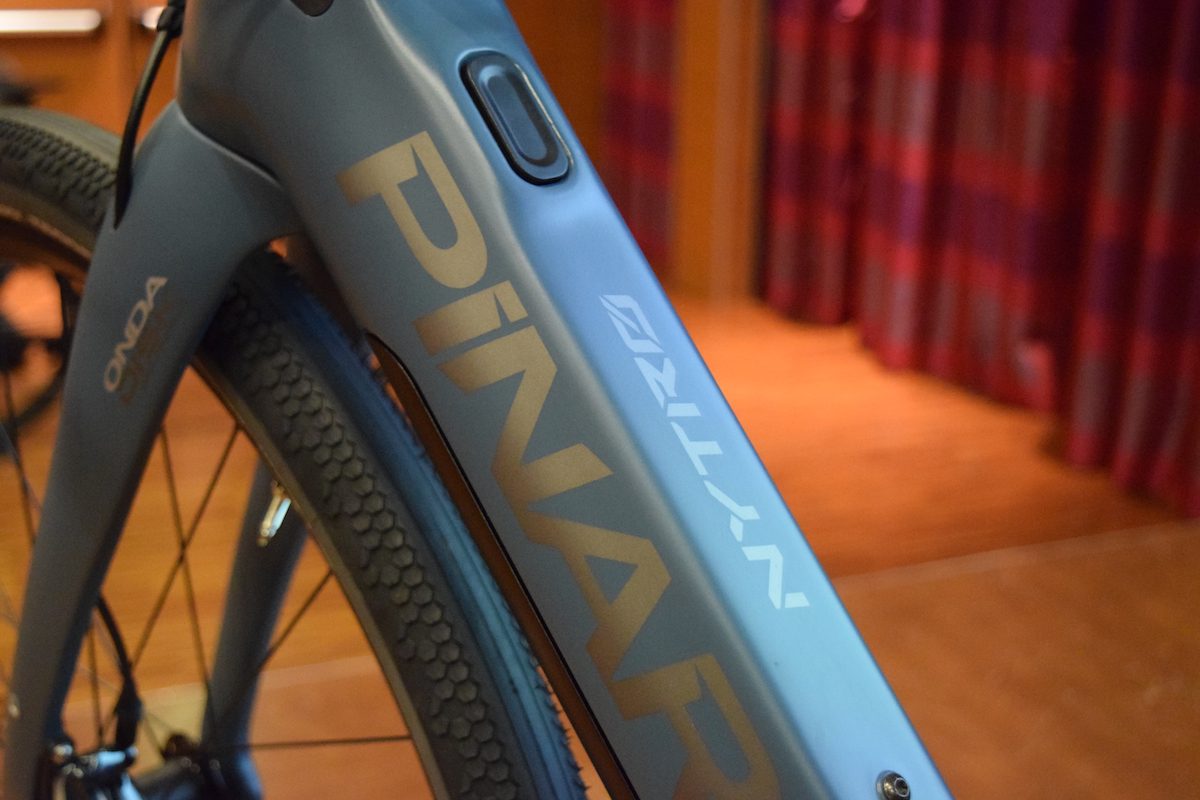How to supercharge your training with an ebike
Your technique and fitness can improve with some battery power

By Steve Neal and Andy Ruestow
An ebike boosts your pedal strokes, letting you cover long distances and steep climbs more easily. Even though your muscles may be under less strain on the ebike compared with a standard bike, you can still get training gains with the pedal assist running. Whether you ride road, gravel or singletrack, you can get a training boost from an ebike that complements your discipline of choice.
eTraining on tarmac
If the goal is to keep your heart rate within your endurance range – at lower b.p.m. – headwinds and hills could scupper your plans. Steep grades and gales could get you working harder than you should be, taking your effort beyond the endurance range. A battery and a motor can help you keep your efforts on target. On those hills, you can also practise your cadence work. Ebike motors tend to reward spinning more than grinding, so you can keep those legs moving, no matter what intensity you’re after.
Recovery days can be a bit of a drag, especially if you are limited by time and are itching to cover some distance. Switch the assist to maximum and enjoy covering more clicks than you would have spinning easy on your analog machine.

Gravel without the grinding
Gravel routes keep your muscles under pretty consistent tension. There’s simply less coasting on rough roads. A gravel ebike can take much of that tension off your legs, allowing you to train easier, at more of an endurance effort. You’ll still be able to improve your technique, such as cornering on loose surfaces, handling the washboards and climbing steep grades. You just won’t be as shelled at the end of the ride, which isn’t so bad, is it? That will make for a quicker recovery so you can get out and ride well the next day. Depending on how steep the hills are and how long you ride, you might need a range-extender battery.

A different type of boost on the trail
As with an e-road and an e-gravel bike, an eMTB lets you ride easier for a more aerobic workout. Yet, the pedal-assist machine can also help you to do harder efforts. If you are preparing for a marathon or multi-day event, you’ll need to work on your tempo. Tempo work is often best done on the road instead of on the trails. The eMTB can keep you in the forest though. Dial back the level of assistance, or cut it completely, to keep your effort in Zone 3 or at a heart rate of about 78 to 83 per cent of your functional threshold heart rate. Do switch on the assist on steep climbs to prevent you from taking the workout beyond tempo.
You can improve your technique with an eMTB. Since it can help you get up a climb, essentially shuttling you, you arrive at the top with energy to spare. You can then run the descent in a fresher physical state. Also, you should be able to get more runs in and more practice on twists, turns and technical sections.
Even though you aren’t straining your muscles on each climb, the trip can improve your ability to go uphill. Since the battery and motor are covering most of the power, you can focus on position as you ascend. It can often be hard to concentrate on your position when you are struggling to turn the cranks. Later, when you come to the climb with your all-leg-powered bike, you’ll have your technique dialed.
The ebike for road, gravel or singletrack is a powerful tool. It can produce all sorts of training benefits that can cross over to your analog riding. But with all the fun and fitness you can gain on an ebike, you may just want to charge the battery and head out again on the powerful machine.
This story originally appeared in the August/September issue of Canadian Cycling Magazine
Steve Neal and Andy Ruestow are with Steve Neal Performance
